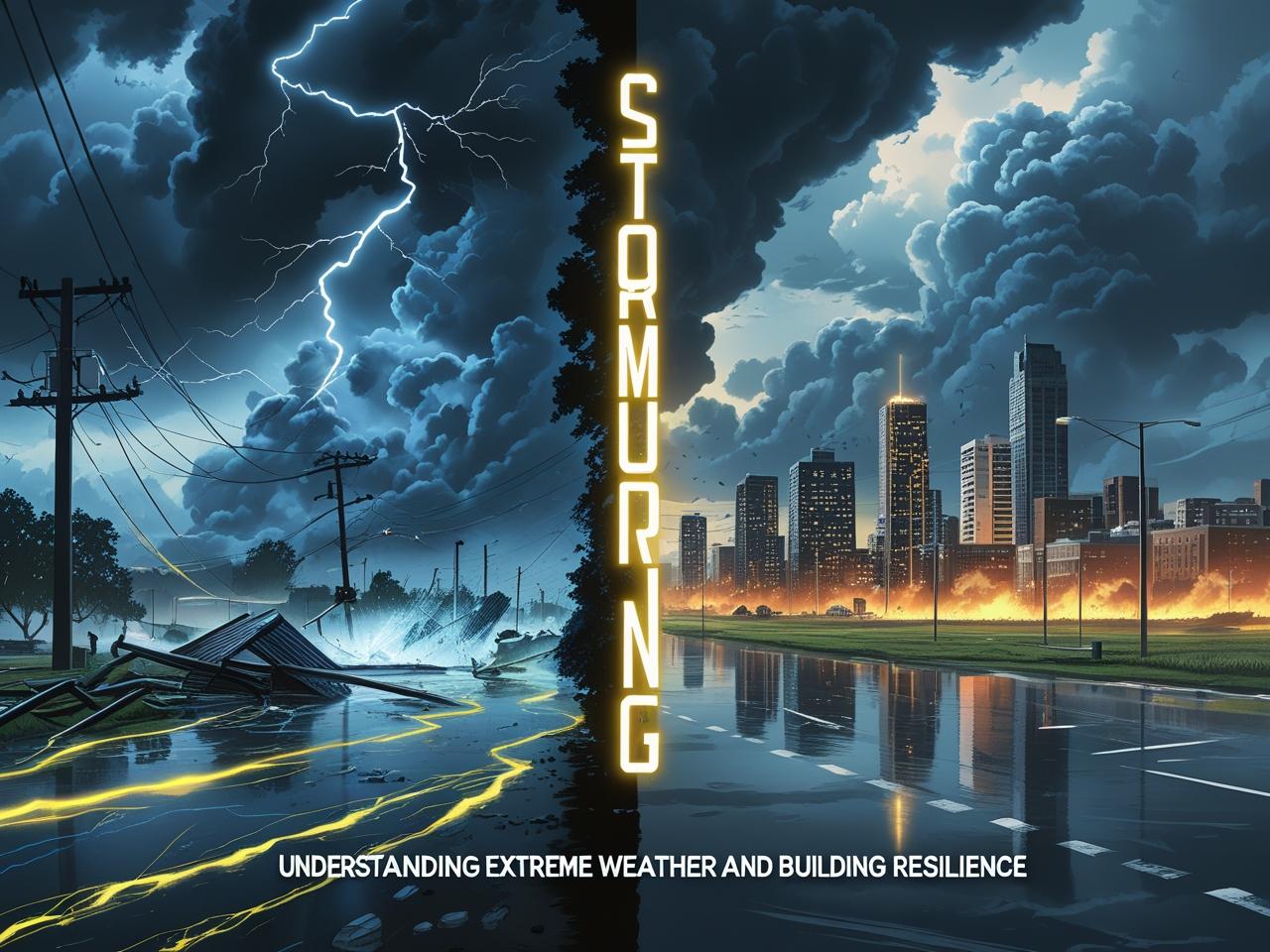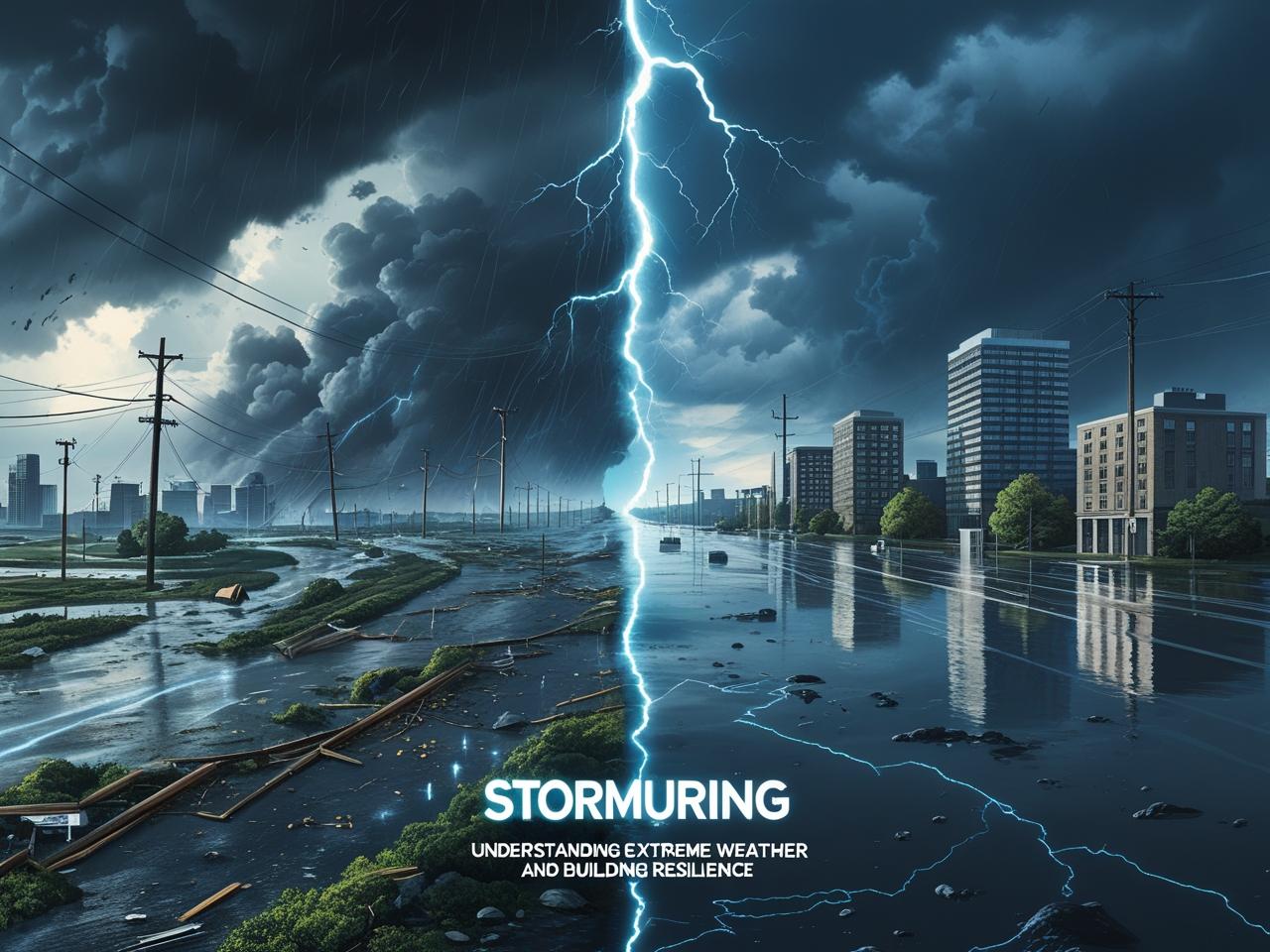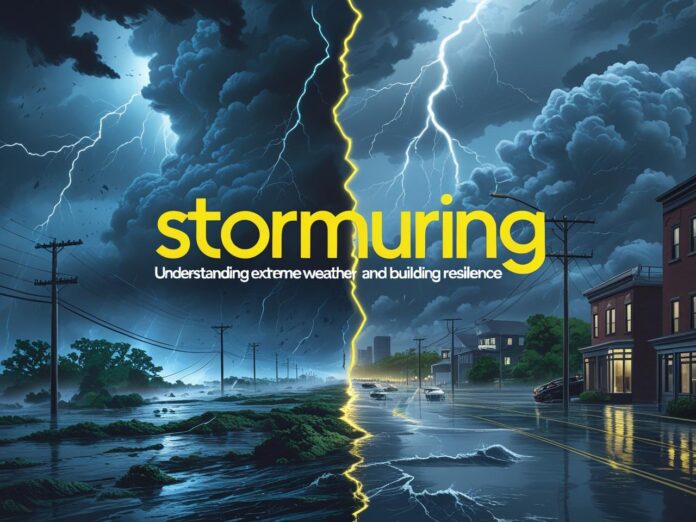What Is Stormuring and Why It Matters
Stormting, commonly used to refer to extreme weather conditions that result in high turbulence, heavy rainfall and sudden changes to atmospheric equilibrium, has significant ramifications on infrastructure transport, ecosystems and human health, with lasting implications on disaster mitigation strategies as well as creating more resilient environments. A clear understanding of this phenomenon’s consequences will allow disaster prevention efforts as well as resilient development processes to be designed more effectively and implemented more rapidly.
You can also explore more helpful content on Pigeimmo to expand your understanding
Causes of Stormuring

The most frequent reason for stormuring is the interaction between the weather which includes:
-
Rapid air pressure changes
-
Jet stream shifts
-
Temperature imbalances between ocean and land
-
HTML1 More humid levels
-
Climate change as well as atmospheric disruptions
This combination results in chaotic storm systems that can be more intense, transforming into hurricanes, tornadoes or cyclonic winds.
Types of Stormuring Events

1. Thunderstorm-Based Stormuring
They usually occur in isolation however they could create strong flash flooding, thunderstorms and hail. Stormuring caused by thunderstorms is typically triggered by warm, humid air that is pushed against colder, colder fronts.
2. Cyclonic Stormuring
It is a form of moving storm systems that are similar to hurricanes and Typhoons. Cyclonic storms are extremely dangerous because of the duration of storms and the heavy rain.
3. Orographic Stormuring
This happens when moist air ascends the mountains before cooling and condensing into a large amount of rain. They are frequent in areas with high upward slopes.
Impact of Stormuring on Human Infrastructure

The effects of a storm ravaging infrastructure may be severe and, often, devastating.
-
Roadways which are overflowing and transportation infrastructures are also inundated
-
Collapsed structures due to structural damage
-
Power outages caused by electric lines that are down
-
Slides in hilly or mountainous areas
-
Communication problems both in urban and rural configurations
These effects can disrupt the economy, and can cause displacement of people and taking an extended time to fully get back to normal from.
Environmental Consequences of Stormuring

The negative effects of stormuring do not only apply to human-made structures. It can have serious environmental impacts like:
-
The loss of the soil and the loss of nutrients
-
Destroying habitats for wildlife
-
Water pollution is caused by runoff and the resulting contaminates
-
The decline in vegetation and biodiversity
-
Alternative rivers as well as the wetland water drainage
These changes affect the forest and agricultural sectors as well the freshwater resources. These changes could lead to future sustainability issues.
How Climate Change Amplifies Stormuring

The climate change has directly accelerated the possibility in storms. The rising temperatures of the ocean provide an extra boost to the formation from storms. As the melting of polar ice accelerates and the sea temperature rises coastal regions are also more susceptible to flooding and erosion that result from stormuring.
Most significant amplifiers of climate change are
-
Additional temperature in the sea
-
More often El Nino and La Nina cycles
-
Melting Arctic Permafrost
-
Reduced winter snowpack insulation
The result is that storms become more unpredictable and intense both in frequency and intensity.
Regions Most Affected by Stormuring

Certain regions around the globe are more prone to flooding because of their topography and climate profile:
-
Southeastern United States susceptible to hurricanes, tropical storms, and tropical storms
-
South Asia – Monsoon-inducing stormuring
-
The east shore from Australia Systems of cyclones
-
South America (Amazon Basin) – Equatorial rainfall storms
-
Central Africa Tropical disturbances and flash flooding
Regions near the belts of equatorial aridity, the coastlines as well as mountain ranges are the ones at risk most.
Early Detection and Monitoring Systems
Modern advancements in meteorology have resulted in more precise tracking of storms and better forecasting of storms:
-
Satellite imaging
-
Weather forecasts
-
Computerized storm models
-
Pressure sensors for Barometrics
-
Doppler systems
These systems permit earlier evacuation as well as the allocation of resources, and risk mitigation through active warnings.
Strategies for Preventing and Mitigating Stormuring Damage
While storms can’t be completely avoided, the impact can be significantly diminished through the use the use of resilient engineering in urban areas and plans:
1. Flood Defense Systems
-
Levees that have an elevated elevation
-
Detention basins
-
Urban water grids for drainage
2. Structural Reinforcement
-
roofs with wind resistance
-
Shock-absorbent foundations
-
Windows as well as shutters are rated for storms
3. Land-Use Planning
-
Avoid development in flood-prone zones
-
Enforce zoning laws for critical infrastructure
4. Vegetation and Soil Management
-
Reforestation
-
Mangrove plants in the coastal regions
-
Methods to stop erosion as well as terracing
Disaster Preparedness for Stormuring Events
An active strategy to plan for the possibility of a catastrophe is crucial to survival and resilience
-
Emergency kits comprising food, water and medicines along with flashlights
-
Plan for the evacuation for the entire family and shelter locations
-
Insurance policies specifically designed to guard against damage caused by storms
-
Systems of community warnings as well as drills
-
Apps for smartphones to track weather conditions and also for sending out notifications
Global Organizations Tackling Stormuring
Numerous organisations around the world are involved in stormuring through research, as well as through aid and policy.
-
UNDRR (United Nations Office for Disaster Risk Reduction)
-
WMO (World Meteorological Organization)
-
Red Cross and Red Crescent Societies
-
Global Facility for Disaster Reduction and Recovery
These organizations collaborate in conjunction with local authorities to create infrastructure, assist in efforts to help in times of need and build up capabilities in meteorology.
Case Studies of Major Stormuring Events
Hurricane Katrina (2005) – United States
-
Over $125 billion in damage
-
more than 1 800 deaths
-
Detected vulnerabilities within flood defence and flood response
Cyclone Idai (2019) – Mozambique
-
1,300 deaths
-
Widespread infrastructural destruction
-
This caused an emergency situation in across the globe.
Typhoon Haiyan (2013) – Philippines
-
Wind speed of 190 mph or higher.
-
Over 4 million have been forced to relocate.
-
Long-term rebuilding programs which were activated
Future Trends: Predicting the Next Wave of Stormuring
By using artificial predictive tools driven by intelligence as well as predictive models We are currently at the beginning of an era of change. The most likely trends in the near future are:
-
Machine-learning-based climate simulations
-
Hyper-local Forecasting
-
Platforms to aid in disaster recovery that integrate
-
A global system of early-warning linked by satellite
These tools can result in quicker intervention and help save lives.
Conclusion
The risk of stormuring is increasing that needs global attention and localized actions and public awareness. As the changing patterns of the climate change understanding the mechanism behind stormuring and its effects is vital to ensure longevity of the species as well as for the sustainability of. By enhancing technology and infrastructure and educating ourselves, we can lessen the negative impact of stormuring and protect human beings as well as the natural ecosystem.

